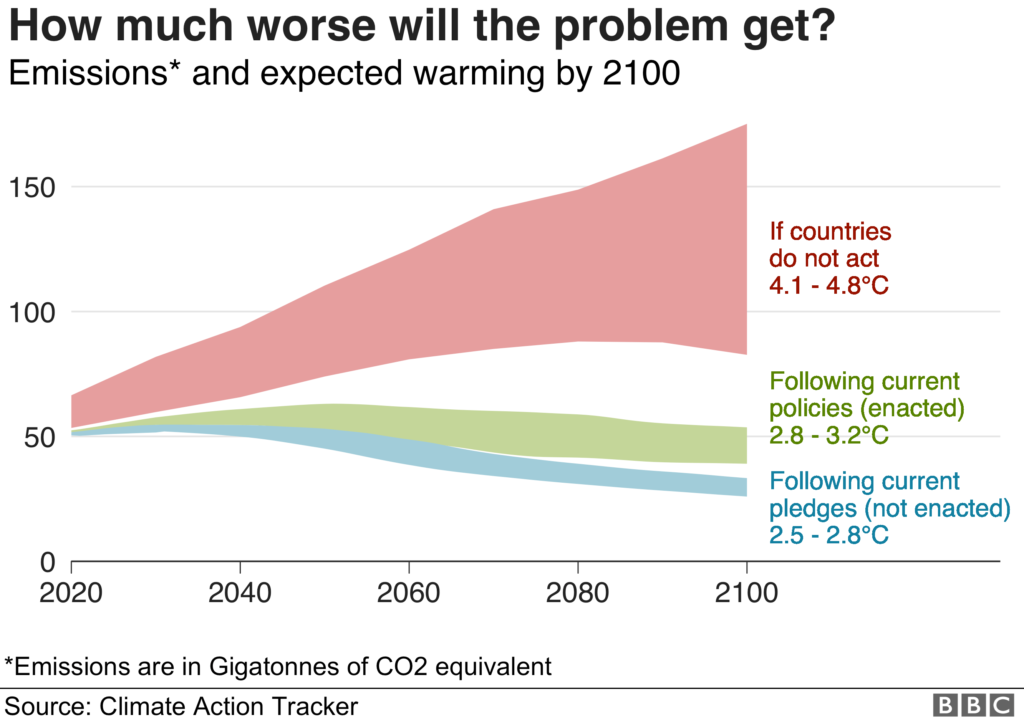Artificial Intelligence / AI / AI and Climate Change / AI Climate Change
Table of Contents
Introduction

In the battle against the rapidly escalating impacts of climate change and environmental challenges, technological innovations are stepping up to the plate. Artificial Intelligence (AI) has emerged as a transformative force in the fight against climate change. By analyzing climate data, predicting weather patterns, optimizing energy usage, and supporting efforts to combat environmental challenges, AI is revolutionizing our approach to environmental sustainability. This article delves into how AI is playing a crucial role in addressing climate change and driving meaningful solutions for a greener future.
AI’s Role in Analyzing Climate Data

The sheer volume and complexity of climate data pose challenges for manual analysis. AI, however, has the capability to process vast datasets quickly and accurately. Machine learning algorithms enable AI systems to analyze historical climate data, satellite imagery, and sensor readings to identify patterns and trends. This analysis empowers researchers, scientists, and policymakers to gain deeper insights into climate change and its impacts.
Through AI, long-term trends like rising sea levels, temperature changes, and shifts in precipitation patterns can be predicted. By recognizing these patterns, stakeholders can develop more effective strategies to combat climate change and adapt to its consequences, making informed decisions to protect vulnerable ecosystems and communities.
Weather Prediction and Climate Modeling

Accurate weather prediction is vital for disaster preparedness and resource allocation. AI is significantly improving weather forecasting by assimilating real-time data from various sources like satellites, weather stations, and ocean buoys. Machine learning algorithms can then analyze this data to make more precise weather predictions, enabling communities to prepare for extreme weather events like hurricanes, floods, and droughts.
Moreover, AI-driven climate modeling helps simulate various scenarios for future climate conditions. These models consider multiple factors, such as greenhouse gas emissions, deforestation, and energy consumption, to project potential outcomes. Armed with this knowledge, governments and organizations can devise policies and strategies to mitigate the most severe impacts of climate change.
Optimizing Energy Usage

AI is also transforming the energy sector by optimizing energy usage and reducing greenhouse gas emissions. Smart grids use AI algorithms to balance electricity supply and demand dynamically. This optimization minimizes energy wastage, reduces costs, and increases the integration of renewable energy sources into the grid.
Furthermore, AI-driven systems are employed in industries to monitor and manage energy consumption more efficiently. Through AI-powered sensors and analytics, businesses can identify energy-intensive processes and implement energy-saving measures, reducing their carbon footprint while achieving cost savings.
Supporting Climate Change Mitigation Efforts

AI is an invaluable tool in supporting various climate change mitigation efforts. For instance, it aids in precision agriculture, where AI algorithms analyze data from soil sensors, drones, and satellites to optimize irrigation, fertilization, and crop management. This approach not only increases agricultural productivity but also minimizes resource consumption and greenhouse gas emissions.
AI also contributes to forestry and conservation efforts. Machine learning algorithms help monitor deforestation rates, identify illegal logging activities, and track wildlife populations, allowing environmentalists and authorities to take timely actions to protect threatened ecosystems and biodiversity.
Additionally, AI-powered transportation systems facilitate smarter urban planning, optimizing public transportation routes, reducing traffic congestion, and promoting the use of electric vehicles. These efforts contribute to reducing emissions from the transportation sector, a significant contributor to greenhouse gas emissions.
Challenges and Ethical Considerations

While AI holds immense promise in combating climate change, it is essential to address certain challenges and ethical considerations. Data privacy and security must be safeguarded to prevent misuse of climate data and protect vulnerable communities. Transparent and explainable AI models are crucial to ensure the public’s trust in the technology and its applications.
Moreover, AI’s energy consumption itself must be optimized to prevent inadvertently exacerbating the climate crisis. Researchers are actively exploring ways to make AI algorithms more energy-efficient, using renewable energy sources and developing hardware tailored to AI computations.
Collaborative Efforts for Climate Change Solutions

One of the most significant strengths of AI in tackling climate change is its ability to foster collaboration among various stakeholders. Governments, research institutions, NGOs, and private enterprises can come together to share data, expertise, and resources. Open-source AI platforms and data-sharing initiatives facilitate greater transparency and enable a collective effort to combat climate change.
Through global collaboration, AI technologies can be deployed to address specific regional environmental challenges. For example, in regions prone to extreme weather events, AI-powered early warning systems can be established to alert communities, governments, and relief organizations in real-time. Such collaborative efforts save lives and reduce the economic impact of disasters.
AI for Climate Policy and Decision-Making

The insights gained from AI-driven climate analysis and modeling can play a vital role in shaping climate policies and guiding decision-making processes. Policymakers can utilize AI-generated data to design effective climate action plans, set emission reduction targets, and prioritize adaptation strategies.
AI can also assist in monitoring the implementation of climate policies and evaluating their effectiveness. Real-time data analysis can highlight areas where policies are falling short or where additional efforts are needed to achieve climate goals. This iterative process allows for continuous improvement and a more adaptive approach to climate governance.
Empowering Climate Education and Awareness

Another remarkable aspect of AI’s contribution to the fight against climate change lies in its ability to engage and educate the public. AI-powered applications and interactive platforms can disseminate climate information in user-friendly ways, making it more accessible to people of all ages and backgrounds.
From interactive climate change simulations to personalized carbon footprint calculators, AI can foster a deeper understanding of the impacts of individual actions on the environment. By raising awareness about the urgency of environmental issues, AI can inspire positive changes in consumer behavior, lifestyle choices, and support for sustainable practices.
AI-Driven Innovations in Renewable Energy

Renewable energy sources hold the key to reducing our reliance on fossil fuels and curbing greenhouse gas emissions. AI is revolutionizing the renewable energy sector by optimizing the integration and management of renewable energy resources.
AI algorithms can predict energy demand patterns and adjust the generation of renewable energy sources like solar and wind accordingly. This approach ensures a steady and reliable supply of clean energy while minimizing wastage and maximizing efficiency.
Additionally, AI is facilitating the development of advanced energy storage technologies, enabling better utilization of intermittent energy sources. Battery systems equipped with AI can store excess renewable energy during peak production times and release it during high-demand periods, balancing the grid and making renewable energy sources more viable.
AI and Climate Change key facts
- AI analyzes climate data to understand global trends and local impacts.
- Weather prediction benefits from AI’s data-driven models.
- AI optimizes energy usage, reducing carbon footprints.
- AI aids in combatting climate change through proactive strategies.
- Machine learning refines climate models for accuracy and efficiency.
- Autonomous systems monitor and mitigate environmental challenges.
- AI-driven precision agriculture enhances sustainability practices.
- Smart grids utilize AI for efficient energy distribution.
- Natural disaster response improves with AI-powered algorithms.
- AI accelerates climate research by fostering innovative solutions.
Conclusion
AI’s integration into climate change analysis, weather prediction, energy optimization, and environmental initiatives heralds a new era of environmental sustainability. The collaboration between AI technologies and climate change efforts is paving the way for innovative solutions and transformative strategies to tackle environmental challenges effectively.
As we navigate the complexities of climate change, ethical considerations and data transparency must remain at the forefront of AI deployment. By leveraging AI responsibly and collectively, we can overcome climate challenges and safeguard the future of our planet.
The convergence of AI and climate change is not just a technological advancement but a global opportunity for humanity to unite in creating a greener, more sustainable world. Through collaborative efforts, smart policies, and public awareness, AI can be a powerful ally in our journey towards environmental resilience and a brighter future for generations to come.
Read More: Artificial Intelligence / AI / AI and Climate Change / AI Climate Change


































